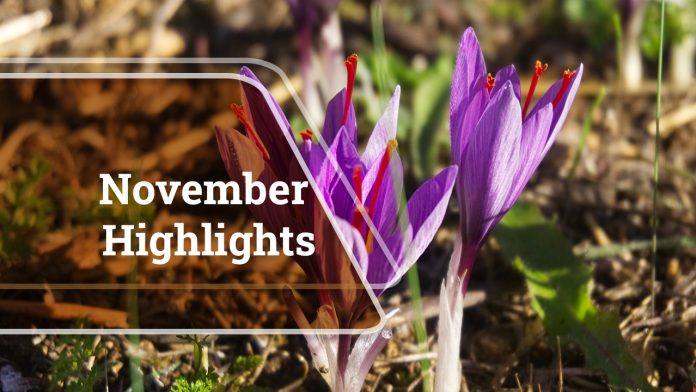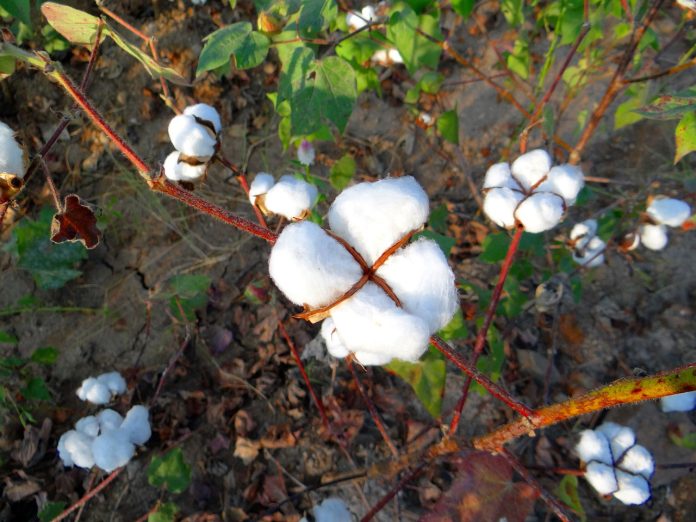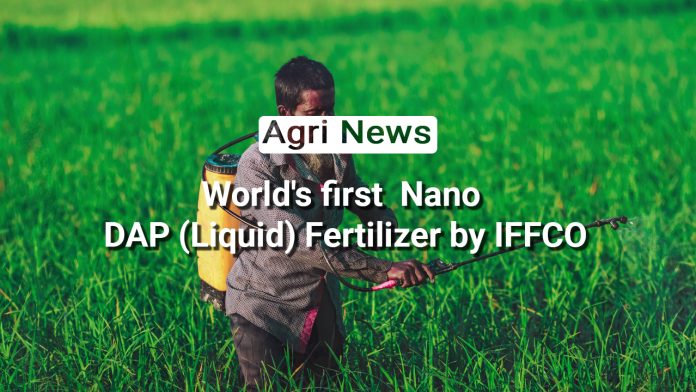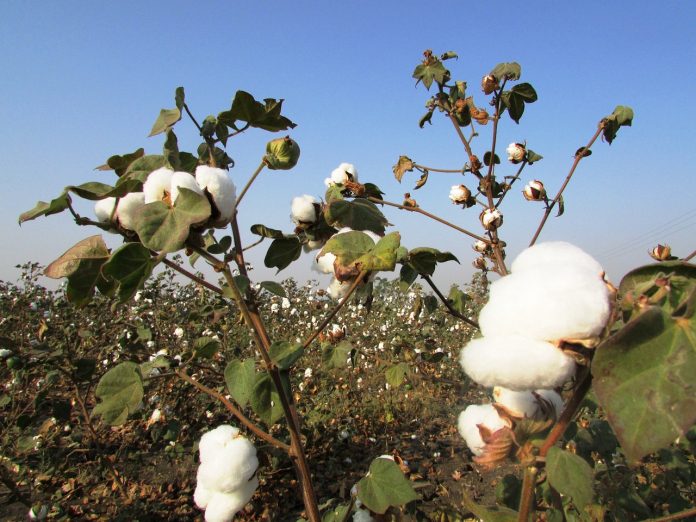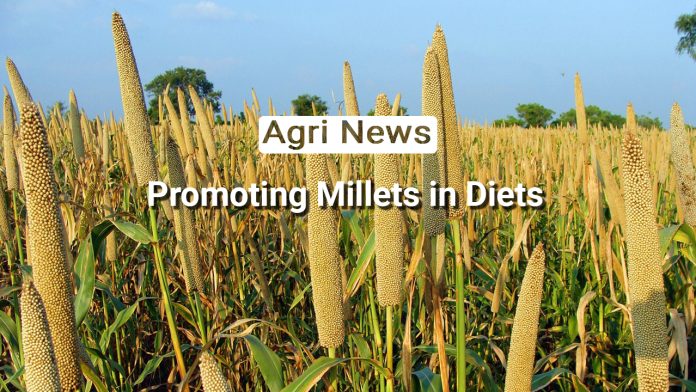As part of Aazadi Ka Amrit Mahostav, an initiative celebrating India’s freedom and progress, the Union Cabinet Minister for Fisheries, Animal Husbandry and Dairying, Shri Parshottam Rupala, was set to launch the Nationwide AHDF KCC Campaign for 2023-24. The launch event, scheduled for 3rd May 2023, was conducted virtually, allowing the minister to interact with beneficiaries through Common Service Centers (CSC) and the State Animal Husbandry Department.
Overview
The Department of Animal Husbandry and Dairying, in collaboration with the Department of Fisheries and the Department of Financial Services, organized the Nationwide AHDF KCC Campaign from 1st May 2023 to 31st March 2024. The primary objective of this campaign was to ensure that all eligible animal husbandry, dairy, and fishery farmers have access to the Kisan Credit Card, a valuable financial tool. The campaign’s guidelines were issued to the states on 13.03.2023, accompanied by instructions to banks and state governments by the Department of Financial Services.
Key Points on AHDF KCC Campaign
- Since June 2020, the Ministry of Fisheries, Animal Husbandry, and Dairying, in collaboration with the Department of Financial Services, has been actively engaged in organizing a series of campaigns. These initiatives are specifically designed to extend the valuable Kisan Credit Card (KCC) facilities to eligible farmers involved in animal husbandry and fisheries.
- During the previous campaign held from 15.11.2021 to 15.03.2023, over 27 lakh fresh KCCs were sanctioned to Animal Husbandry and Fishery Farmers, providing them with crucial credit facilities for their working capital needs.
- The Nationwide AHDF KCC Campaign involves organizing District Level KCC Camps every week, where the KCC Coordination Committee, led by the Lead District Manager (LDM), reviews applications sourced by officials from the State Animal Husbandry and Fisheries departments.
- Since June 2020, the Ministry of Fisheries, Animal Husbandry, and Dairying, in partnership with the Department of Financial Services, has been actively spearheading multiple campaigns aimed at facilitating the provision of Kisan Credit Cards to eligible farmers engaged in animal husbandry and fisheries activities.
- Common Service Centers play a vital role in spreading awareness about the campaign, with approximately 1 lakh farmers participating virtually in the awareness program.
- District Level KCC Camps were organized every week during the campaign, allowing officials from the State Animal Husbandry and Fisheries departments to scrutinize applications on the spot.
- The campaign emphasizes the importance of financial inclusion and empowerment of farmers in these sectors, contributing to their overall growth and prosperity.
Conclusion
The upcoming Nationwide AHDF KCC Campaign for 2023-24 holds great importance as it signifies a remarkable stride towards expanding the accessibility of the Kisan Credit Card facility. Under the esteemed leadership of Union Cabinet Minister Shri Parshottam Rupala, this campaign aims to cater to the needs of small landless farmers engaged in animal husbandry and fisheries activities, ensuring they have access to the vital financial resources provided by the Kisan Credit Card. This campaign, organized by the Department of Animal Husbandry and Dairying, along with the Department of Fisheries and the Department of Financial Services, aims to provide essential financial support to eligible farmers across the country. Through virtual interactions and District Level KCC Camps, the campaign will ensure that farmers are aware of and can avail the benefits of the Kisan Credit Card, fostering their growth and contributing to the overall development of the agriculture sector.



